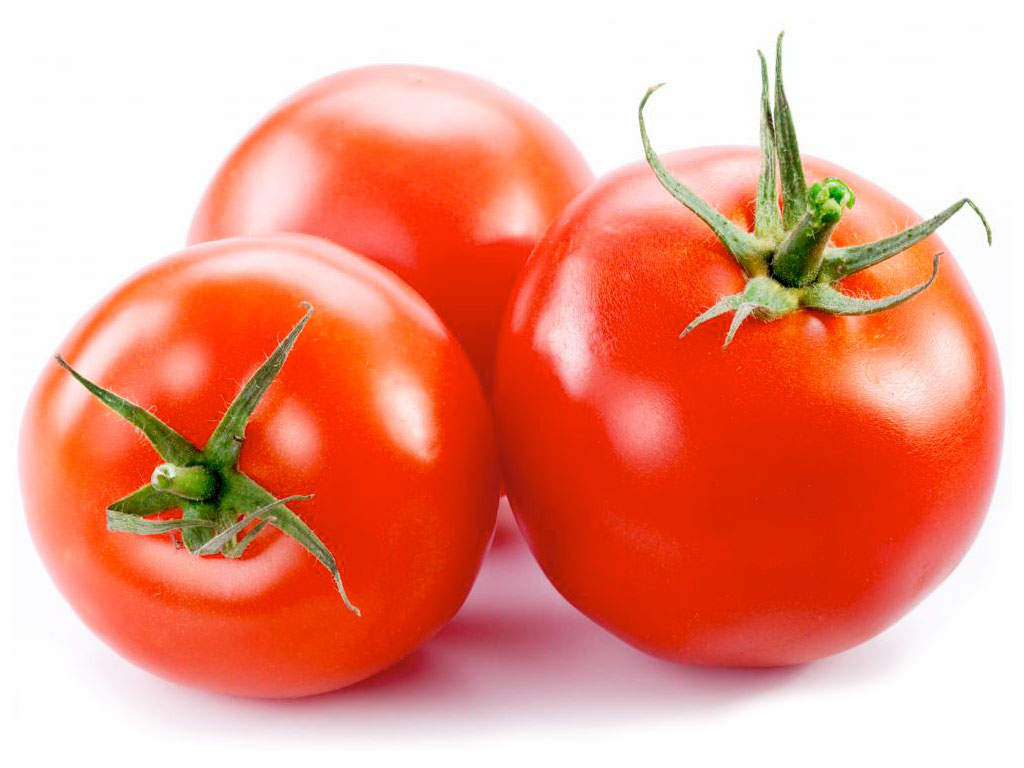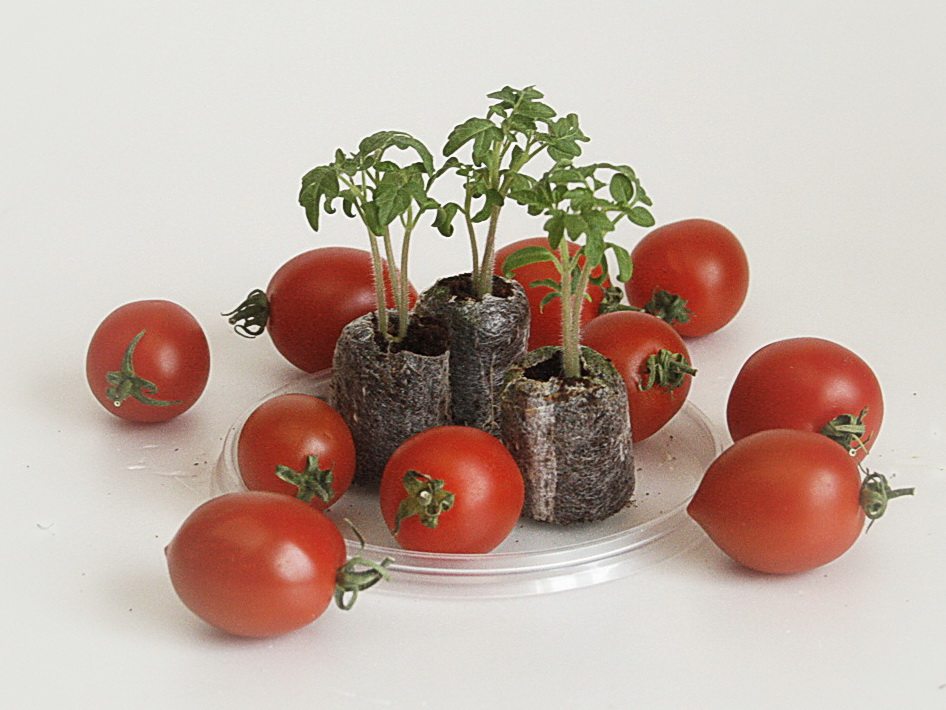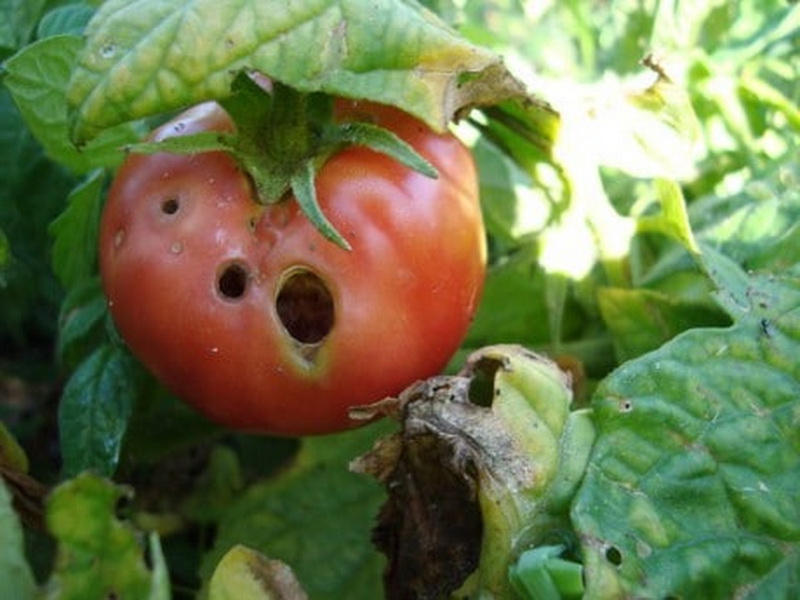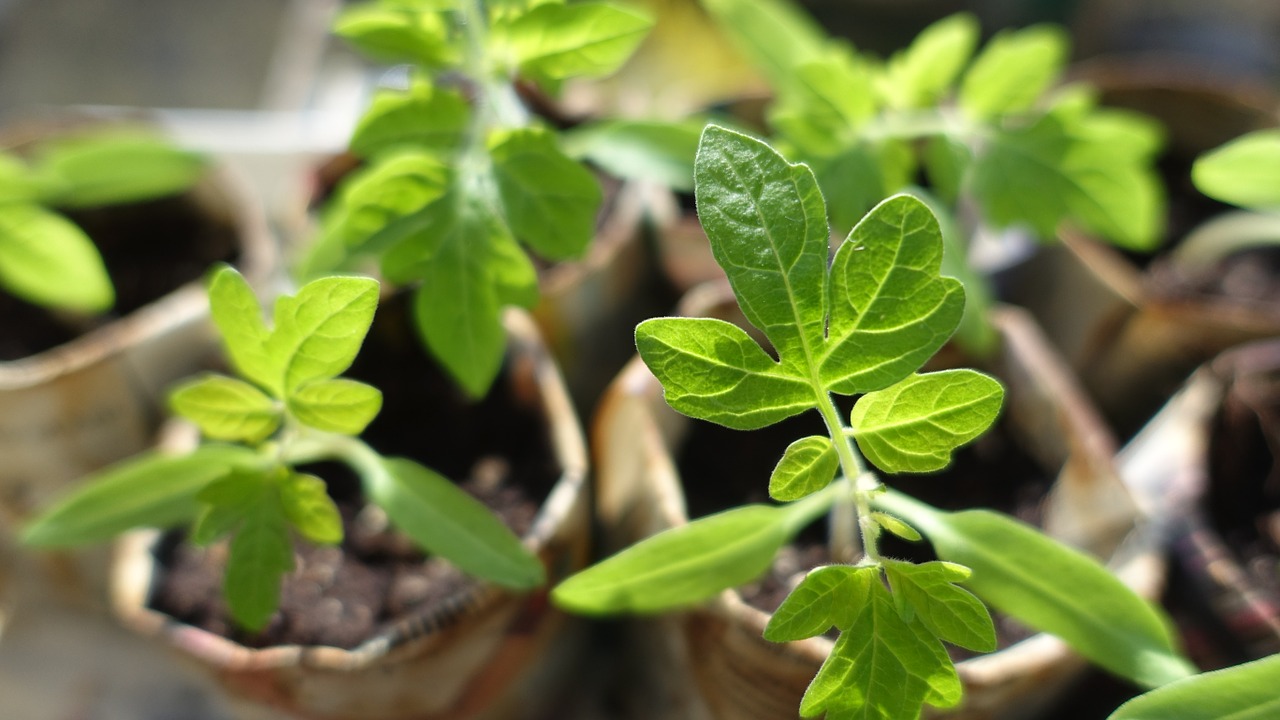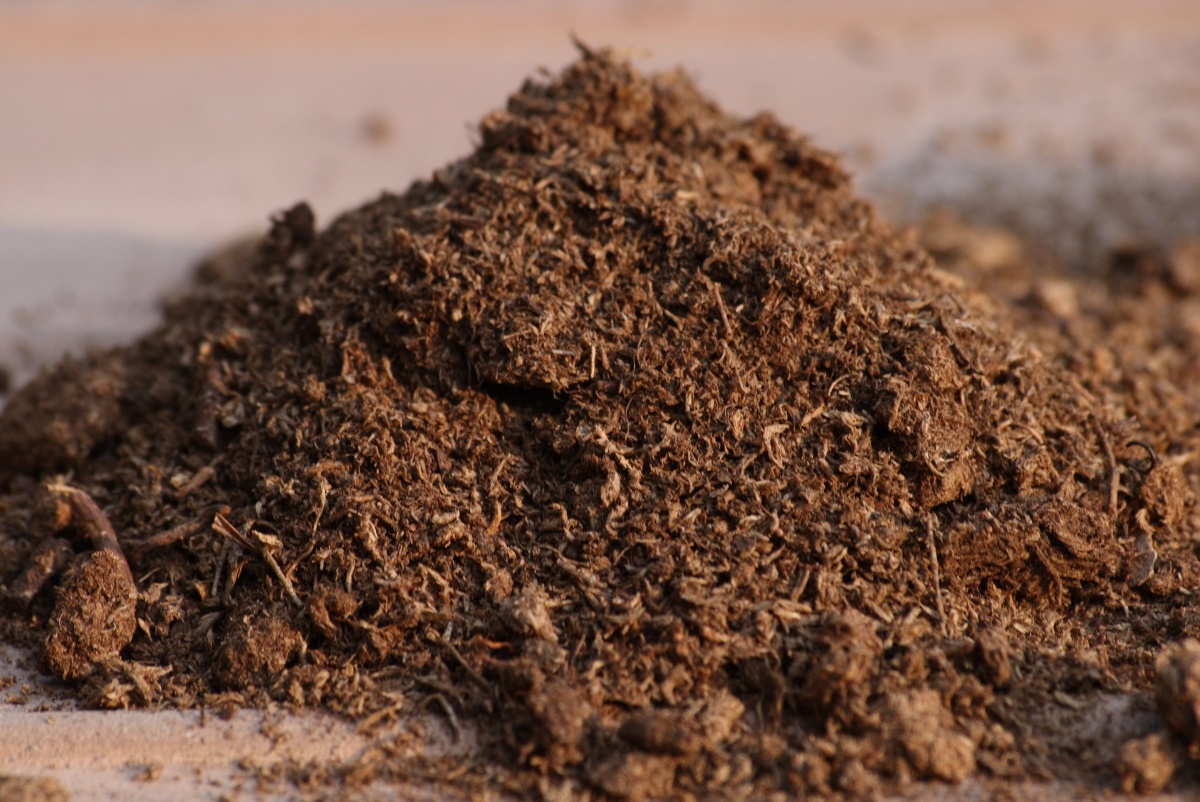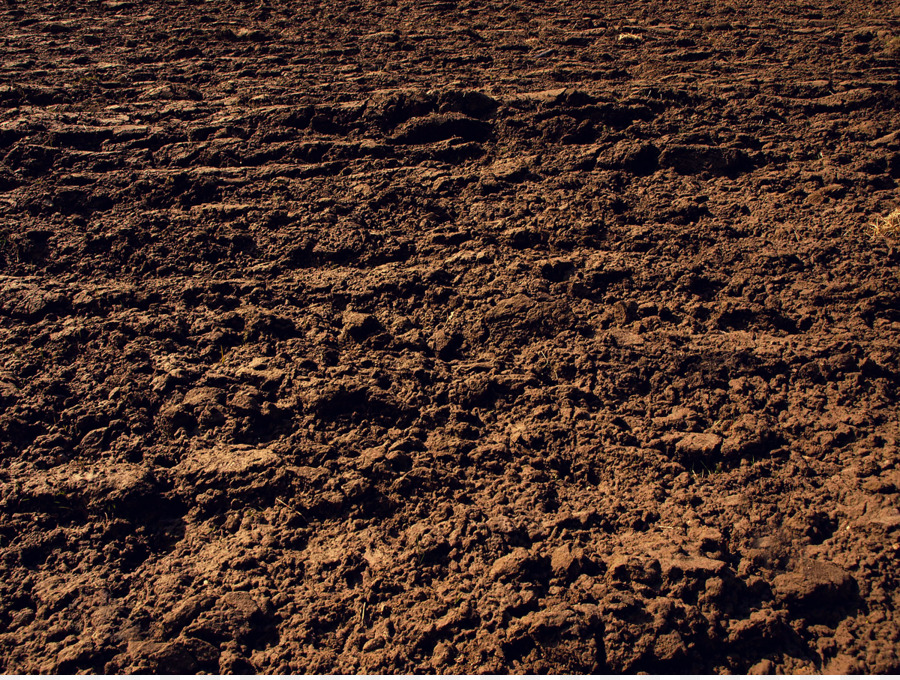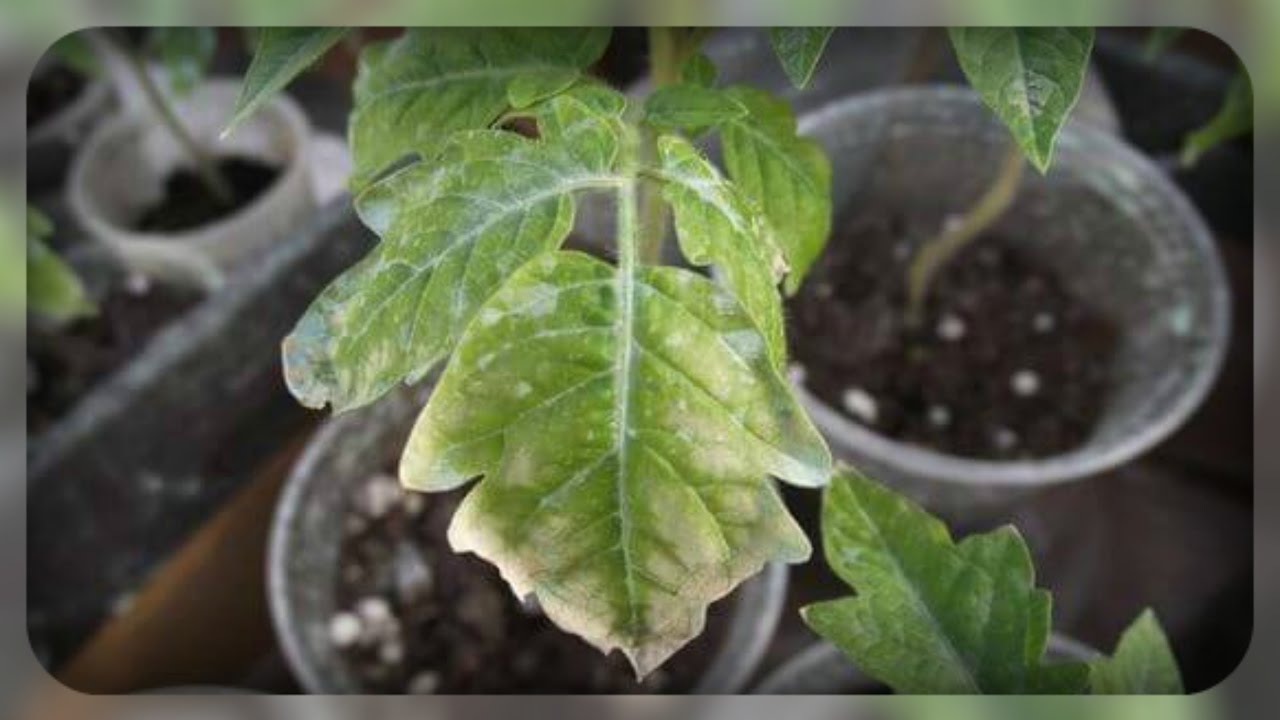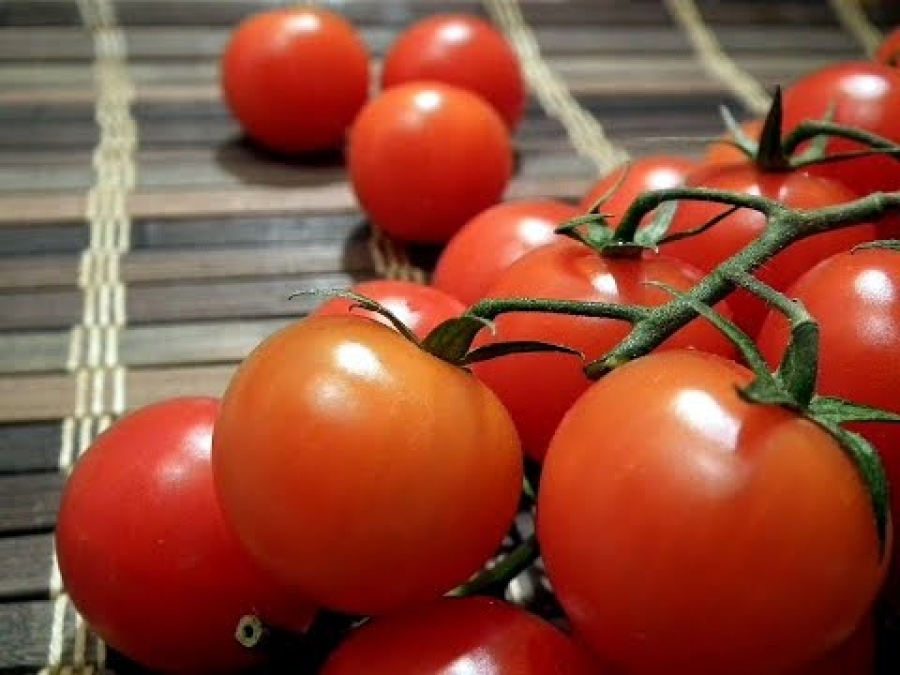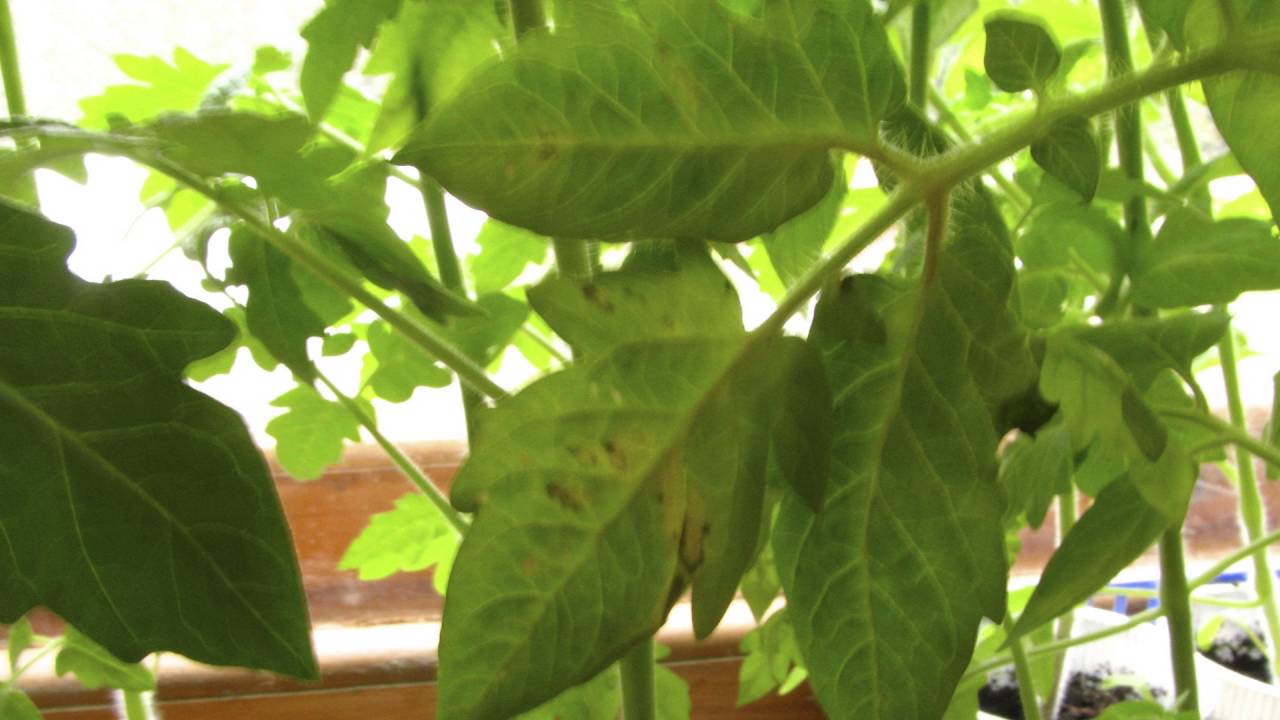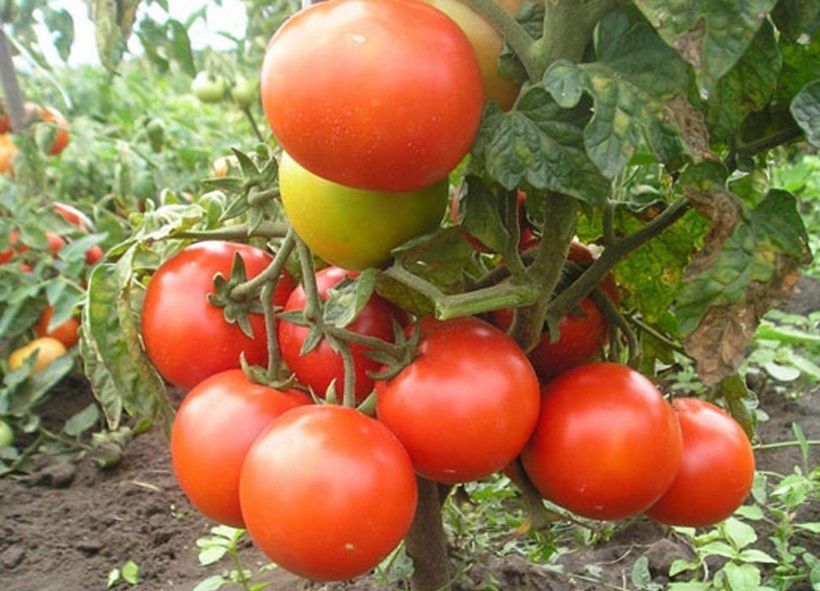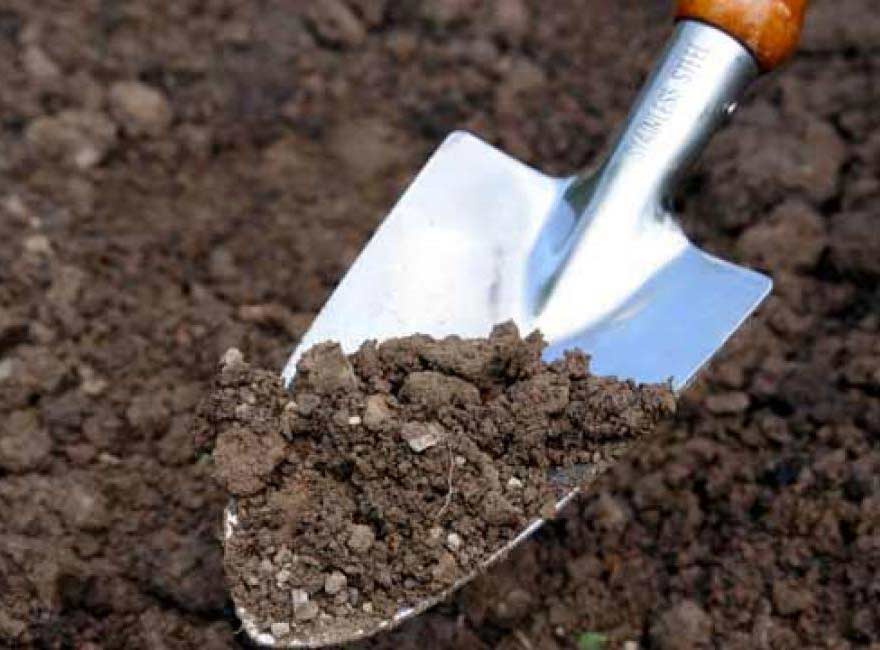Content:
Unfortunately, tomatoes do not always grow sweet and healthy: insects attack them, the fruits rot and wither, the plant can become infected even from last year's potato, forgotten in the ground by a neighbor, and the entire tomato crop perishes from an excess of humus. Defense mechanisms are not developed in tomatoes. From year to year, gardeners are studying ways to protect seedlings from bad conditions: too dense and loose soil, changeable weather, excessive heat and moisture. So it was found that soda as a fertilizer for tomatoes helps to enhance their growth and strengthen the immune system.
What soda is used for tomato seedlings
Soda is recognized as effective:
- against insects that carry diseases;
- against fungal diseases that adore moisture,
- to improve poor quality soil that kills the plant.
Sodium bicarbonate, like any alkali, reacts with substances. When combined with acid or hot water, baking soda breaks down into salt, emitting carbon dioxide with a fizz. The acid is neutralized. Carbon dioxide, when produced, burns mucous membranes. Such reactions, including tomato and baking soda, are used extensively in horticulture.
In caring for tomatoes, the reactivity of soda is useful in that:
- Able to neutralize acid. Tomatoes do not survive in acidified soil, so the owner will have to manually lower the acidity.
- Burning carbon dioxide helps in decontamination. It is dangerous for insects and viruses, the surface of which is slimy or acidic. Due to this reactivity, soda can be used in the cultivation of tomatoes and cucumbers: to lower the acidity of the earth, to protect against insects, infections and fungi.
Those who do not want to harm the seedlings need to know about its dangerous properties. For example, at temperatures above 50 degrees, baking soda breaks down into more caustic and toxic - linen soda. The plant and the person can get burned.
Threats to the tomato and cucumber harvest
To understand how to use this substance on the site, you need to highlight the threats to tomatoes and cucumbers:
- Initially infested seeds. Understandable risks: seeds can be affected initially or become infected if stored improperly. Soda for tomatoes can be very helpful
- Germination infection. Untreated containers, planting soil with admixtures of unknown organic matter will spoil the immunity of young shoots.
- Acidic soil. For some fungi and bacteria, this soil is heaven. But for tomatoes, on the contrary, it is poor in nutrients, too dense and viscous. The roots of tomatoes and cucumbers grow in depth. They are very sensitive to obstacles such as clumps, lack of oxygen and uneven moisture build-up. And these are the properties of acidic soil.
- Soil with excess potassium and sodium. Loose, does not retain either moisture or trace elements. Tomatoes do not survive in these. Cucumbers are more resilient, but they also do not get enough nutrition and require feeding.
- Insects. They always get to the beds, but stay on more suitable ones. These pests like tomatoes: whiteflies, bedbugs, Colorado potato beetle, bear, aphids and more.
In each of these cases, soda is applicable.
Seed disinfection
The solution kills microorganisms that live in an acidic environment and are intolerant of alkaline burns.
For no more than 24 hours, the seeds are soaked in a 1% solution of soda and water. For 100 g of solution - 1 g of soda. After soaking, it is important to thoroughly rinse and dry the seeds and plant them within three hours. Otherwise, the seeds will be attacked by bacteria again.
There are alternative remedies. Disinfection with potassium permanganate is popular among gardeners, but it has risks. If the instructions are violated, you can not only destroy the microbes, but also kill the seeds themselves. Disinfected with ash and aloe juice. They love these products for their naturalness, but they are more expensive and are sold only in specialized stores.
Germination
Like seeds, planting containers need to be processed. It is important to remember that aluminum and metal containers are not compatible with soda. They react and release poisons.
If you do not handle the dishes and tools, you can infect the soil. In the ground, bacteria take root quickly. Sterilization is easy and highly recommended.
Soil preparation
Tomatoes get along only in soil with neutral acidity - pH 7. The same soda will help to determine the acidity: at high acidity, you can hear hissing. There are other methods, for example, determination by the color of a litmus test.
Ash, chalk, dolomite flour and lime are also used as deoxidizers. They are also natural, but more expensive.
It is imperative to get rid of the soil from organic residues in advance. Dead plants are reliable keepers of viruses, fungus and mold. If tomatoes or cucumbers are infected immediately after sowing, the plants will not be cured with soda or strong chemicals.
Landing in a permanent place
You need to plant in already cultivated land. In the first two weeks after planting, the tomatoes should take root to the ground. At this time, the soil can neither be fertilized, nor disinfected with soda, nor sprayed from insects.
Top dressing
Tomatoes and cucumbers taste sweet from this solution. This is because baking soda destroys bacteria that spoil the taste of the fruit. The solution should not be perceived as a fertilizer for tomatoes. Vegetables are fed with the following substances: nitrogen, phosphorus-potassium fertilizers, boron, magnesium and organic matter.
It is dangerous to fertilize strongly with organic and nitrogen substances. After the appearance of fruits, organic fertilizers not only oversaturate with unnecessary substances, but harm the development of a favorable environment for fungi and microbes. Organics are infusions of nettle, mullein, bird droppings and others.
Regular watering
In a greenhouse, it is better to water tomatoes with water in the early morning. Pour water at the root, loosen the earth. The liquid should be warmed up in the sun in regular watering, you cannot use soda in this.
In open soil, tomatoes are exposed to natural moisture and rain. Watering needs to be adjusted. Tomatoes love fresh air and moist soil, but cannot tolerate long stagnation of water at the roots and trunk. The quality of the soil is important here.
Since sodium does not nourish, but only disinfects and loosens the soil, watering cucumbers and tomatoes with soda cannot be taken as a panacea and should be done every day. The solution should be supplied in small quantities.
Too acidic or dry soils retain water unevenly and for a long time, and in addition they poorly let air through to the roots. In humidity, fungi and viruses actively multiply. A defenseless plant is so hard at fighting infections, so it will also be weakened by a lack of nutrition.
Insect protection
Especially relevant for aphids and caterpillars that are sensitive to alkalis. It is recommended to spray or wipe the leaves and stems with the following solution: 4 tablespoons per 10 liters of water and 2 tablespoons of soap. Particles of soap hold soda on the surface of leaves and stems, and aphids, devouring plants, consume soda and die.
Protection against fungal spores: powdery mildew and other rot
Baking soda for tomato seedlings reduces the acidity of the environment, which these parasites love so much.
You need to spray the seedlings no more than once a week with a solution: a tablespoon of soda per liter of water, 10 g of shavings of laundry soap and a tablespoon of vegetable oil.
Precautionary measures
In some cases, such treatments can cause irreparable harm.
In the heat or in the sun
The plant can get burned if it starts to break down into soda ash.
Linen soda is otherwise called soda ash, or rubber. No, it does not contain calcium. Calcination is roasting.
Baking soda is very caustic when it reacts with other substances: acids and fats. It is used for removing deposits, cleaning pipes in a pair with acetic acid. It is also an indispensable ingredient in the composition of soap and cleaning products: in reaction with fat, the soap substance itself is obtained, and the fat is destroyed. It is easy for living organisms to get a burn from it.
Dilution with hot water
The same effect as contact with hot air. Temperatures above 50 degrees are unacceptable.
Using aluminum cookware
Soda destroys the protective layer of aluminum, after which the aluminum breaks down and releases toxic substances. Reacts actively to other metals.
Overuse when watering
The solution settles in the soil like salt, which has two consequences: excessive looseness and indigestibility of important microelements by plants.
Excessive use when spraying
Benefits of baking soda for tomato seedlings
- It is non-toxic at the correct dosage. It is important to remember that even the most useful substance can do harm. Baking soda is the safest. Doses and conditions need to be adjusted to avoid plant burns and control soil salts. This is not difficult.
- Affordable. You can buy it at any grocery store, without wasting time studying specialized chemicals and dressings. As a rule, she is already at home. It is especially important if tomatoes and cucumbers are in urgent need of help.
- Cheap. It is not expensive to use soda, at least for prevention purposes. Specialized products are more expensive and at least partial replacement with soda is already saving money.
Baking soda plays an important role in planting tomatoes in the hands of an experienced person. This simple and cheap substance can be used in various ways to obtain high yields. Soda is suitable for tomatoes in the greenhouse and in the open field.
